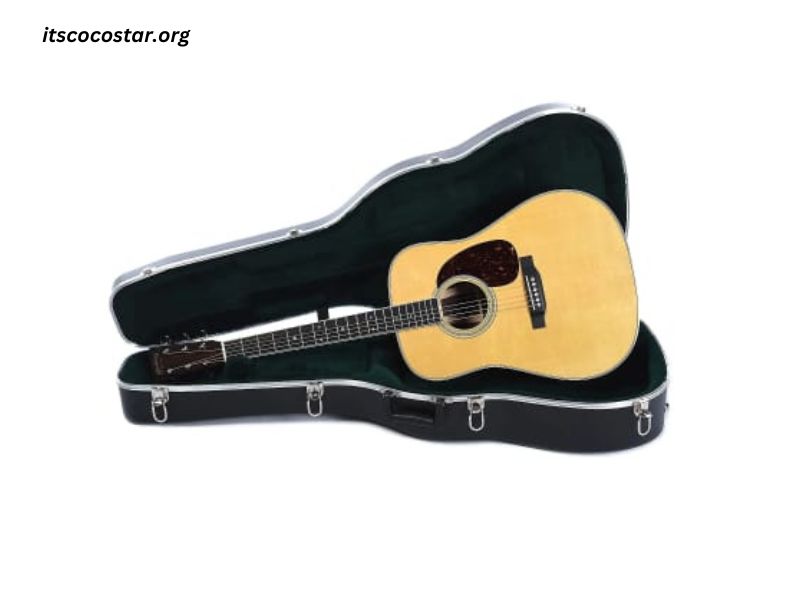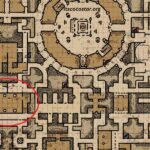Maury Muehleisen, a name that is often associated with the folk-rock scene of the 1970s, is best remembered for his contributions as a guitarist and collaborator to the legendary singer-songwriter Jim Croce. His distinct playing style, which combined intricate fingerpicking techniques with rich melodic lines, made him a revered figure in the world of acoustic guitar players. Muehleisen’s guitar work can be heard on some of Croce’s biggest hits, including “Bad, Bad Leroy Brown” and “Time in a Bottle.” His career, although tragically cut short by his untimely death in a plane crash at the age of 24, continues to inspire musicians and guitarists to this day.
But what guitar did Maury Muehleisen play, and how did it contribute to the iconic sound we associate with his music? In this article, we’ll take an in-depth look at the guitars Muehleisen played, his playing style, and the impact his instruments had on his sound.
Early Years and Musical Influences
Born in 1952, Maury Muehleisen grew up in a musical family and developed an early interest in guitar. By the time he was in his teens, he had already begun playing the instrument seriously, influenced by artists such as James Taylor and Simon & Garfunkel. His deep appreciation for folk, rock, and classical guitar styles helped shape his unique approach to the instrument.
After attending college at the University of Delaware, Muehleisen started playing in local folk bands, but it was his meeting with Jim Croce that would change the trajectory of his musical career. Croce, already a seasoned songwriter and performer, was in search of a talented guitarist to accompany him on stage and in the studio. The two formed a musical bond that would produce some of the most memorable songs of the early 1970s.
The Guitar of Maury Muehleisen
The Gibson J-200
One of the most iconic guitars associated with Maury Muehleisen is the Gibson J-200, a legendary acoustic guitar that was prized for its large body and powerful, resonant sound. Known for its rich, full tone and its ability to project sound even in large venues, the J-200 became a staple in the folk and rock music scenes of the 1960s and 1970s.
Muehleisen’s J-200 was integral to his unique sound. He frequently used it on stage and in the studio, and its deep, resonant tone perfectly complemented his fingerstyle playing. The guitar’s bright treble tones and rich bass notes were the perfect match for the sophisticated fingerpicking patterns and melodic lines Muehleisen often played.
The J-200’s robust sound also made it a perfect fit for live performances, where its ability to project a clear, full-bodied sound could cut through a crowded stage mix. For a guitarist like Muehleisen, whose playing was often intricate and dynamic, the J-200 allowed him to showcase both his technical skill and musicality without being lost in the overall sound.
The Guild D-40
Another guitar that Maury Muehleisen was known to play during his time with Jim Croce was the Guild D-40. Guild guitars, known for their quality craftsmanship and bold, dynamic sound, were favored by many folk and rock musicians in the late 1960s and early 1970s. The D-40, with its solid spruce top and rosewood back and sides, offered a more balanced and slightly mellower tone compared to the J-200.
Muehleisen’s Guild D-40 was particularly noted for its ability to deliver clear articulation in the higher frets, making it well-suited for the more delicate and melodic passages that Muehleisen often incorporated into his guitar parts. Its balanced tonal profile made it a versatile instrument, capable of handling both rhythm and lead parts with ease. This guitar’s warm midrange tones and crisp high notes made it a perfect companion for Muehleisen’s nuanced fingerstyle technique.
The Acoustic-Electric Connection
While Muehleisen is most remembered for his acoustic guitar work, he also occasionally played acoustic-electric models. The ability to amplify the acoustic sound without sacrificing tone quality was becoming increasingly important in live performances. Acoustic-electric guitars, which include pickups or microphones, became a standard tool for many musicians during the 1970s, allowing them to maintain their acoustic tone while reaching larger audiences.
The Gibson J-200 and Guild D-40 that Muehleisen played both featured pickups, which enabled him to maintain a natural, acoustic sound when amplified. The blend of Muehleisen’s fingerpicking technique and the amplified sound of these guitars helped create a fuller, more vibrant stage presence, something that was essential for a performer like him, who was often featured alongside Jim Croce’s vocals.
Muehleisen’s Playing Style
Maury Muehleisen was known for his intricate and expressive guitar playing, which combined elements of folk, rock, and classical music. His ability to weave complex fingerpicking patterns into his songs set him apart from many of his contemporaries. Muehleisen was highly skilled at both rhythm and lead playing, and his guitar parts often played an integral role in shaping the sound of Jim Croce’s music.
His technique involved using a variety of fingerpicking patterns, as well as incorporating percussive elements into his playing. He often used his thumb to anchor the bass notes on the lower strings while his fingers would pick out the melody and harmonies on the higher strings. This allowed him to create a layered, textured sound that could both support Croce’s voice and stand on its own.
Muehleisen’s fingerstyle technique was especially prominent on songs like “Time in a Bottle” and “Operator (That’s Not the Way It Feels),” where his intricate picking and melodic lines complemented Croce’s storytelling lyrics. The tone of his guitars, especially the bright, resonant sound of the Gibson J-200, allowed these detailed patterns to shine through clearly, creating a balanced, harmonious overall sound.
The Legacy of Maury Muehleisen
Despite his promising career being tragically cut short in 1973 when he died in a plane crash along with Jim Croce, Maury Muehleisen’s impact on the world of guitar playing remains undeniable. His technical skill and musicality have continued to influence generations of guitarists, and his collaboration with Croce has left an indelible mark on folk and rock music.
The guitars Muehleisen played, particularly the Gibson J-200 and the Guild D-40, have become iconic instruments in their own right, contributing to the distinctive sound of Croce’s music. His ability to blend his melodic guitar work with Croce’s vocals helped to shape the sound of the 1970s folk-rock movement, and his legacy continues to inspire musicians in the decades since his passing.
Conclusion
Maury Muehleisen was a master guitarist who played a key role in the creation of some of Jim Croce’s most beloved songs. The guitars he used, particularly the Gibson J-200 and the Guild D-40, played an integral part in shaping his sound. Muehleisen’s fingerpicking technique and ability to create layered, intricate guitar parts made him stand out among his contemporaries, and his contributions to folk and rock music continue to be celebrated today.
Though his life was tragically cut short, Maury Muehleisen’s legacy lives on through the music he created and the guitars that helped bring that music to life. For those who continue to study his playing, the sound of his Gibson and Guild guitars will forever be associated with the beauty and artistry of his guitar work.






